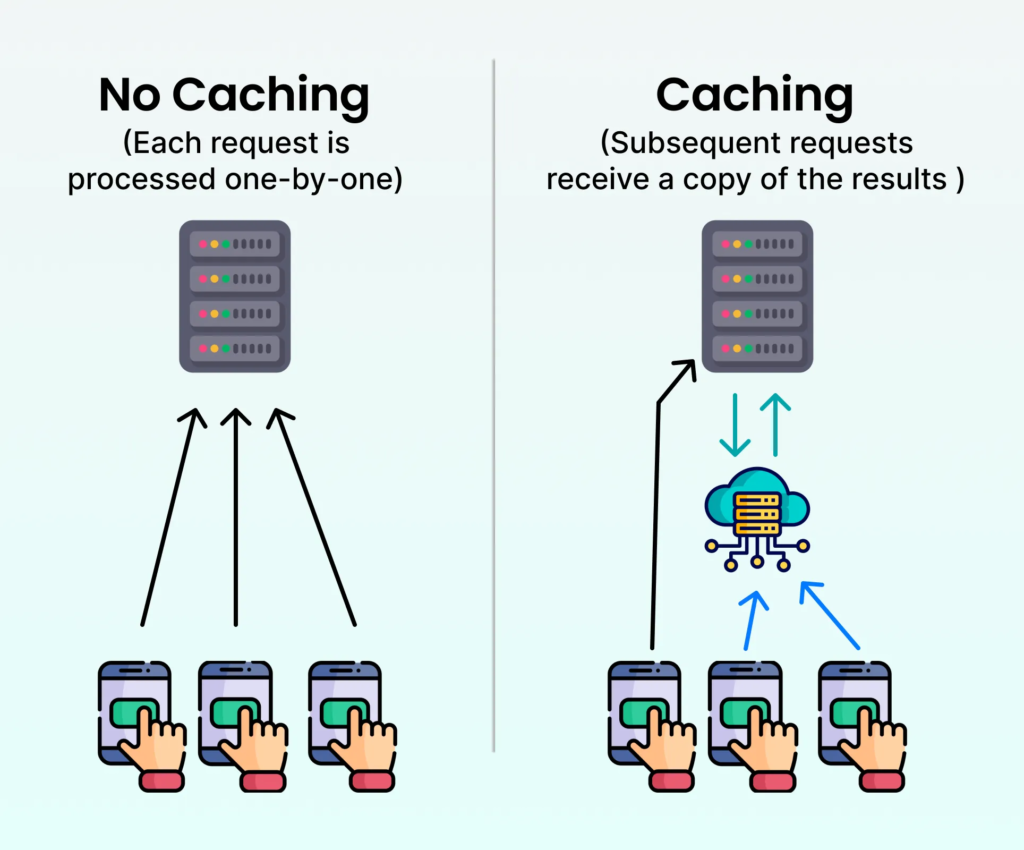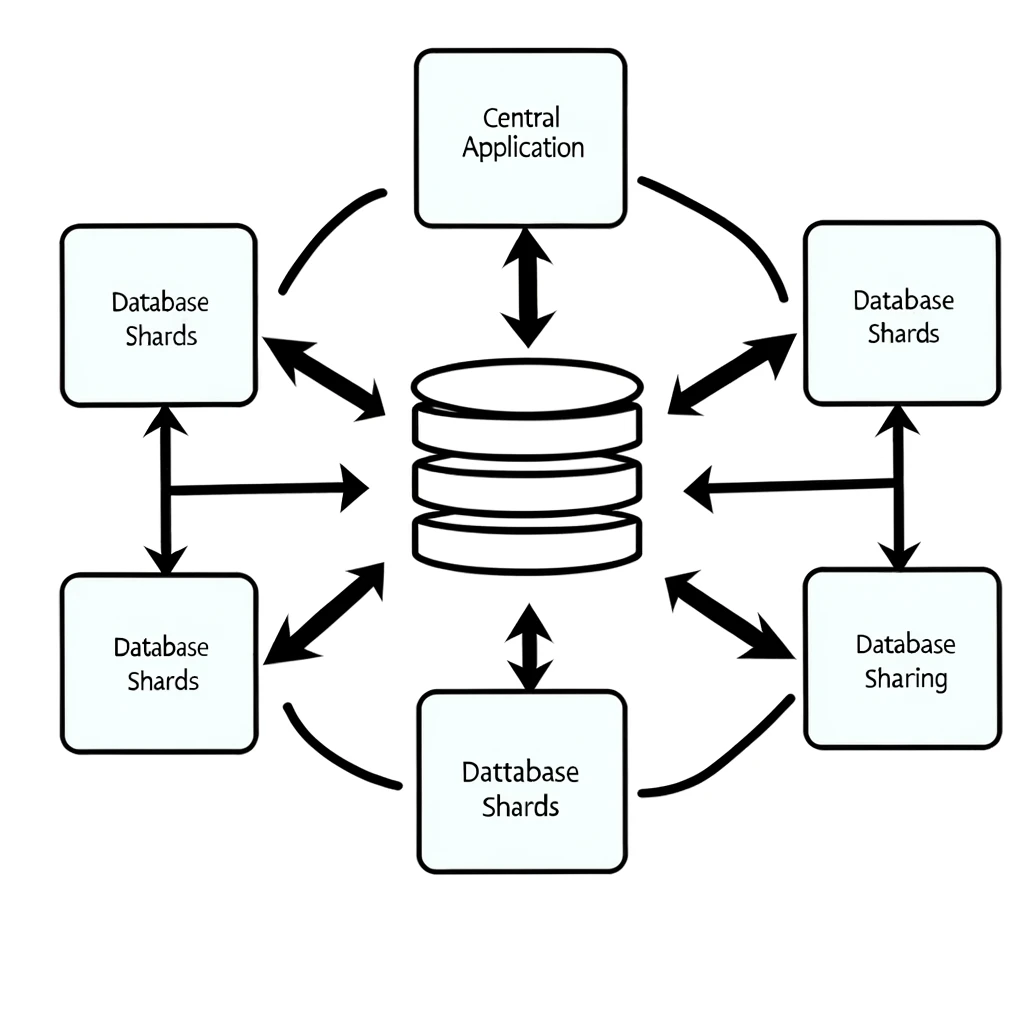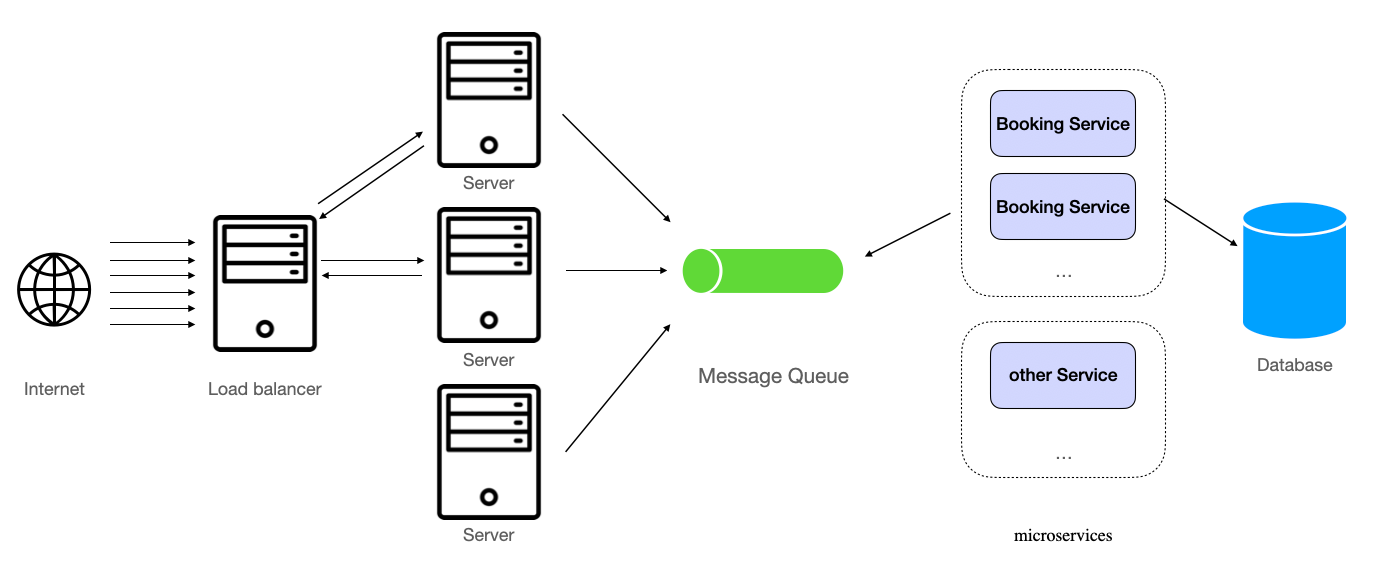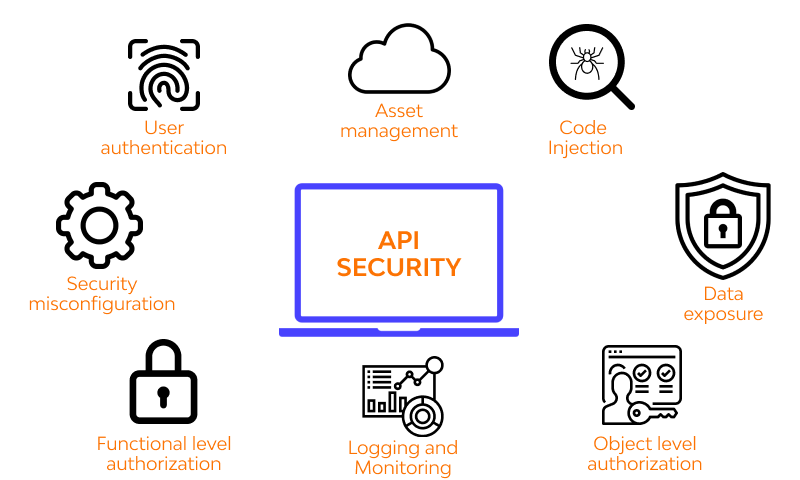Ever wondered how apps like Hotstar, Netflix, or YouTube work flawlessly even when crores of users are watching videos at the same time — but when you try to open a government site like EAMCET, it just says “Server Busy”?
Let’s break it down using a simple example you saw in my latest Instagram reel
Imagine This…
There are two roads in front of you:
1️⃣ A small village road with only 1 lane
- Now imagine thousands of vehicles (cars, buses, bikes) trying to pass through that single lane at the same time.
- What happens?
🚨 Traffic jam! Vehicles stop, honk, and some even go back.
2️⃣ A wide 10-lane express highway
- Vehicles come from all directions, but the traffic moves fast and smooth.
- There’s no jam, no delay — just a clear flow.
✅ This is exactly how server infrastructure works in web applications!
The Reality Check
When 1.5 lakh students try to access the EAMCET website, it crashes.
But when crores of users open Hotstar or Netflix, the apps work like butter 🧈
So… What’s the secret behind these giants?
Let’s break it down 👇
Behind-the-Scenes of Hotstar, Netflix & Other Big Platforms
1. CDN – Content Delivery Network
“You don’t always watch videos from a Hotstar server in Mumbai or Delhi… you watch it from a server nearest to you!”
- CDNs are global servers that cache content (like video files, images) and deliver them quickly.
- If you’re in Vijayawada, you might be watching from a CDN server nearby — not the main Hotstar server.
- This reduces delay, buffering, and server load.
🔄 Think of CDNs as small sub-roads connected to the highway — traffic gets diverted smartly.

2. Load Balancer – The Smart Traffic Police 🚦
Imagine a traffic cop at a busy junction, directing cars to empty lanes.
- A Load Balancer distributes incoming user requests across multiple servers.
- If one server is getting too many requests, the load balancer shifts some users to other servers.
- This ensures no server gets overloaded.
👮 In our analogy: the Load Balancer makes sure no single road/lane is blocked.

3. Auto-Scaling – Extra Lanes on Demand
What if a million people suddenly try to watch an IPL match?
- Cloud platforms like AWS, Google Cloud, or Azure allow apps like Hotstar to automatically add more servers when traffic increases.
- This is called Auto-Scaling.
- Once traffic goes down, the extra servers are removed to save cost.
🛣️ It’s like adding more lanes to the highway during peak hours.

4. Microservices Architecture
Instead of one giant server doing everything, divide work into small tasks.
- Big apps like Netflix are built using microservices:
- One service handles video streaming
- Another handles user login
- Another handles payments, etc.
- This makes apps more stable and easy to scale.
🔧 It’s like different toll booths on the highway — each doing their own job quickly.

5. Real-Time Monitoring & Crash Recovery
If something fails, the system knows and fixes it — fast.
- Platforms use tools like Prometheus, Grafana, or Datadog to monitor everything.
- If one server crashes, traffic is rerouted instantly, and a new server replaces it.
🚨 Imagine a blocked lane is immediately cleared and reopened — without you even knowing.

6. Caching (Server-Side + Client-Side)
Stores already-fetched content temporarily.
- Reduces duplicate load on the server.
- Speeds up page loads for returning users.
- Even APIs can be cached for faster response.
📍 Example: Redis, Memcached, Cloudflare Cache.

7. Database Optimization & Sharding
Optimizing data storage & access.
- Splits large databases into smaller parts (called shards) to speed up queries.
- Uses read/write replicas to spread out load.
- Ensures millions of users can access data simultaneously without slowdowns.
📍 Example: Netflix uses Amazon Aurora + custom sharding systems.

8. Message Queues & Background Jobs
Handles heavy tasks in the background without delaying the user.
- Like video encoding, email sending, logs processing, etc.
- Uses message queues like RabbitMQ, Kafka, SQS.
- Keeps the user-facing app fast and responsive.
📍 Example: Netflix encodes videos in multiple qualities using background jobs.

9. Global Traffic Routing (Geo-DNS)
Routes users to the nearest region/server globally.
- Reduces international latency.
- Uses smart DNS and routing tools to improve user experience.
📍 Example: Netflix serves content from Open Connect Appliances in various ISPs across the world.

10. Edge Computing
Runs small programs at the edge (close to the user) instead of central servers.
- Speeds up login, personalization, and recommendations.
- Reduces long-distance data travel.
📍 Example: CDN + edge functions (like Cloudflare Workers, AWS Lambda@Edge)

11. Security & Rate Limiting
Protects the server from misuse.
- Stops DDoS attacks, spamming, bots.
- Limits how many requests one user can make per second.
- Keeps servers healthy and safe.
📍 Tools: AWS WAF, Cloudflare Firewall, Google Cloud Armor.

Final Summary Table:
| Feature | What It Does | Analogy |
|---|---|---|
| CDN | Serves data closer to users | Local mini-roads |
| Load Balancer | Distributes users across servers | Traffic police |
| Auto Scaling | Adds/removes servers automatically | Expanding road lanes |
| Microservices | Divides work into smaller jobs | Multiple toll booths |
| Monitoring | Tracks and heals issues | Road sensors & repair |
| Caching | Temporarily stores content | Shortcuts for repeat users |
| Database Sharding | Splits data for faster access | Parallel storage rooms |
| Message Queues | Handles heavy tasks later | Back-office workers |
| Geo DNS Routing | Directs users to nearest region | Highway with local entries |
| Edge Computing | Runs mini-programs nearby | Local tea shops instead of city malls |
| Security | Protects from overuse/hacks | Traffic checkposts |
Final Thoughts
Apps like Hotstar and Netflix didn’t become giants overnight — they invested in smart, scalable, cloud-based backend architecture.
So next time a government site crashes with 1 lakh users, and Hotstar handles 5 crore live users, you’ll know the reason behind it.
And now, you do too! 🙌
I regularly break down complex tech topics into fun, easy-to-understand reels using real-world analogies on my Instagram 🎥
👉 Follow me on Instagram: @udaycodes
💡 Get tech tips, project breakdowns, career advice, and more — all in a beginner-friendly format!
